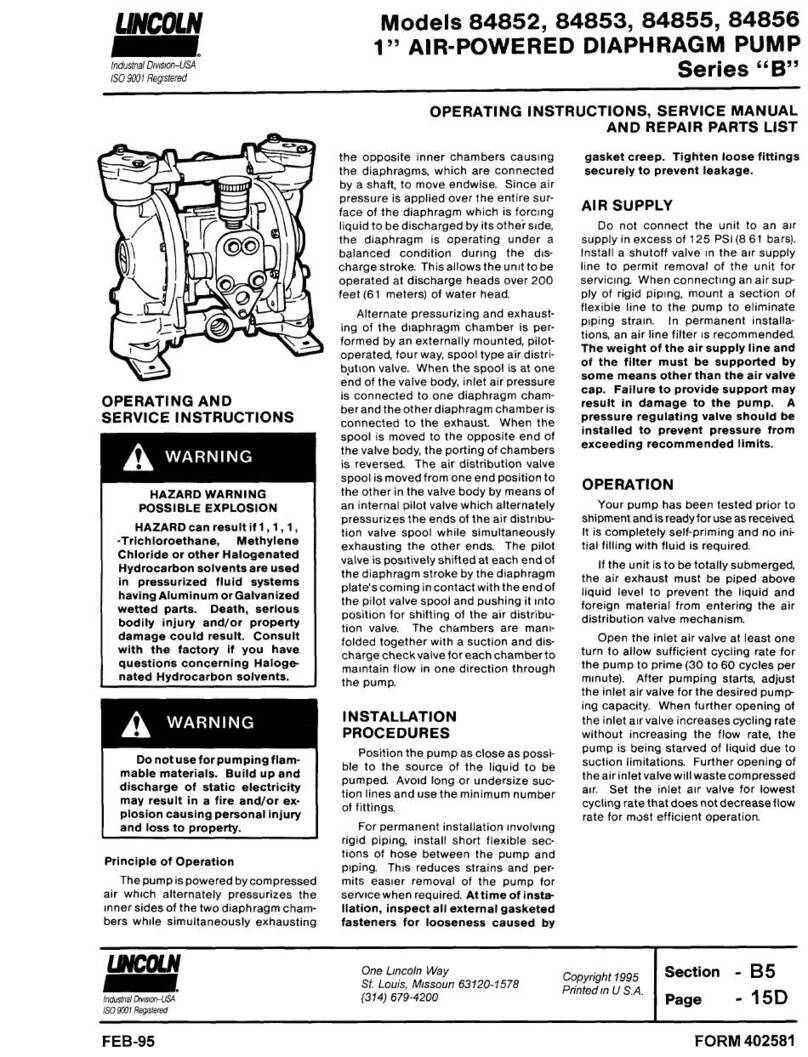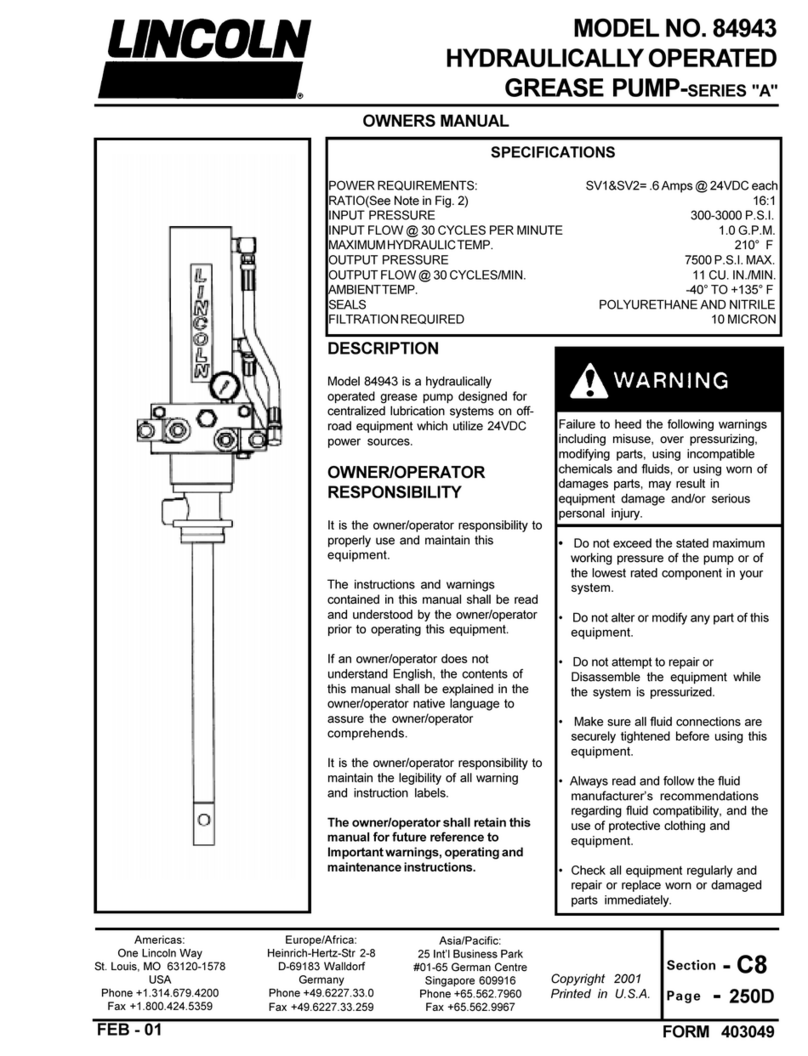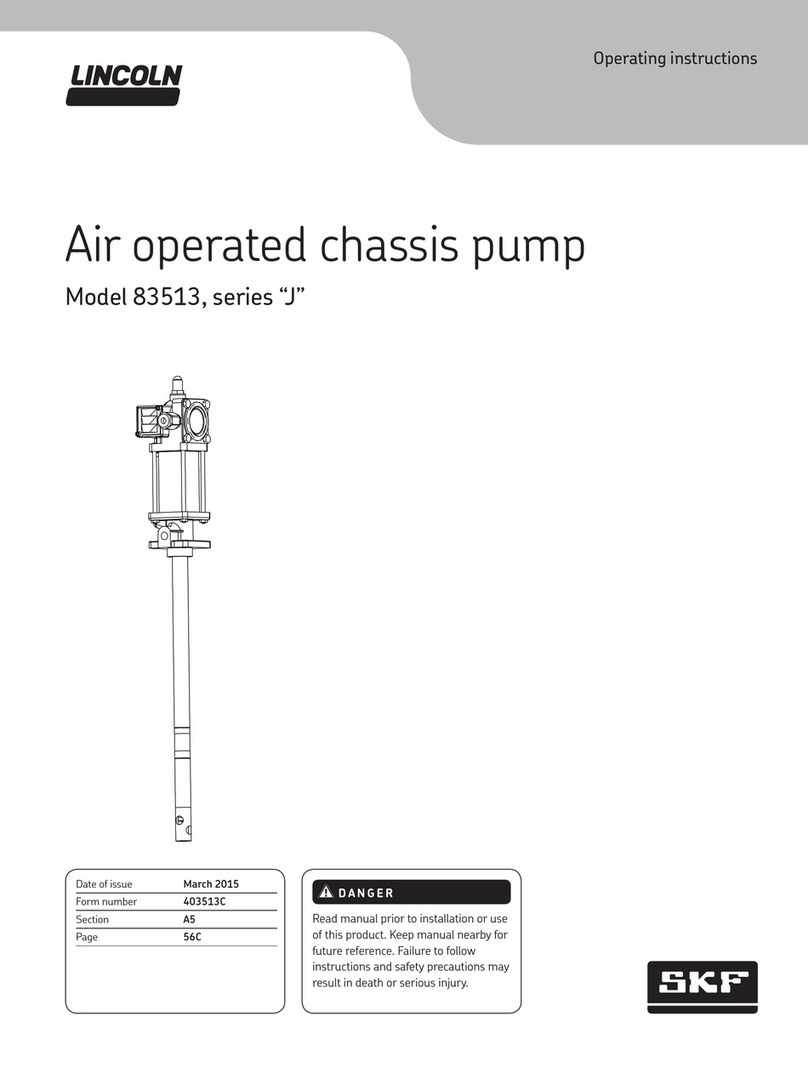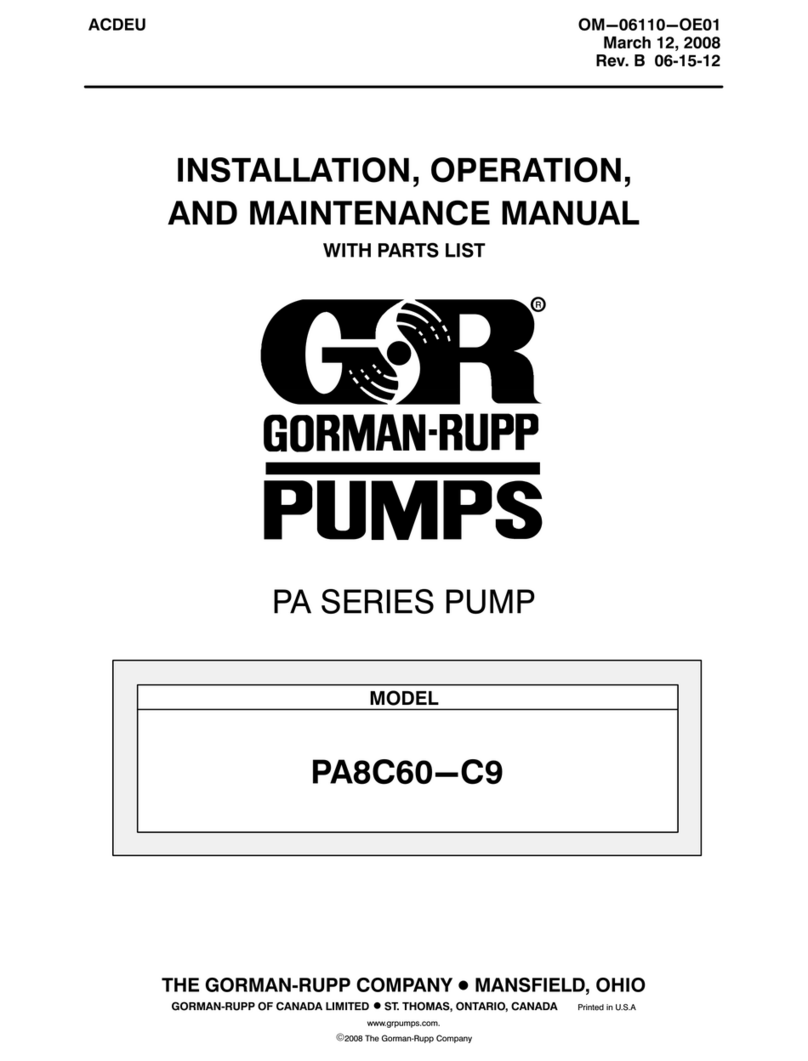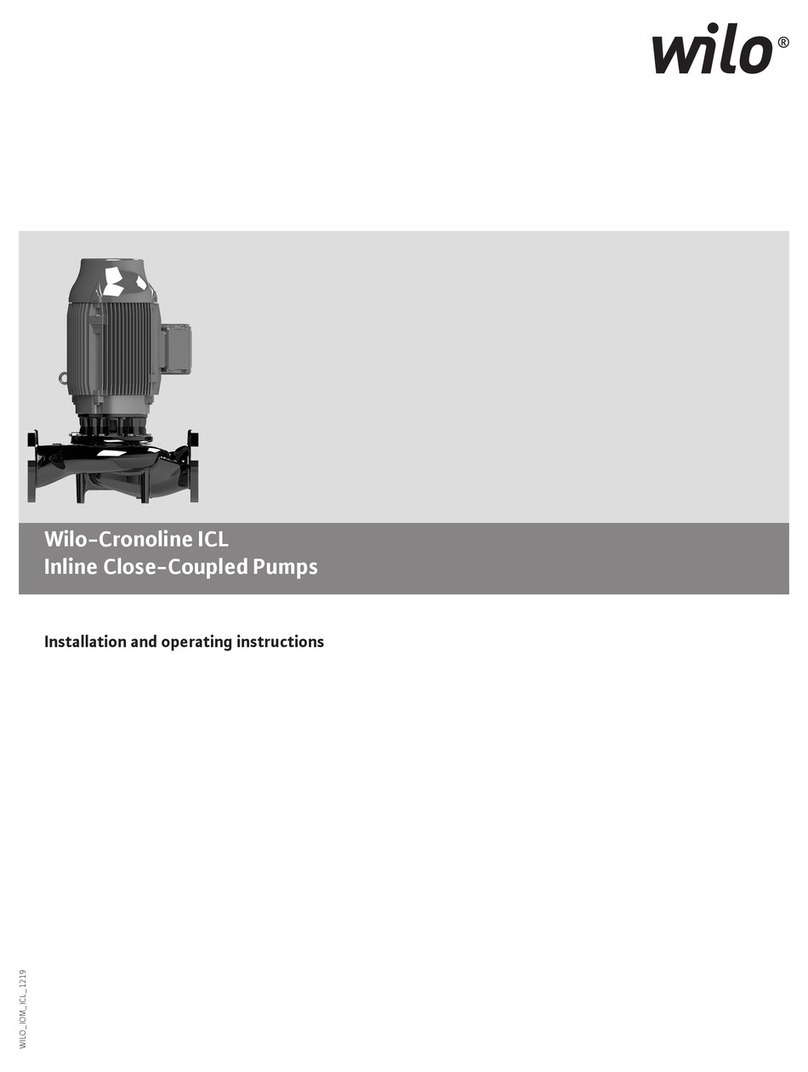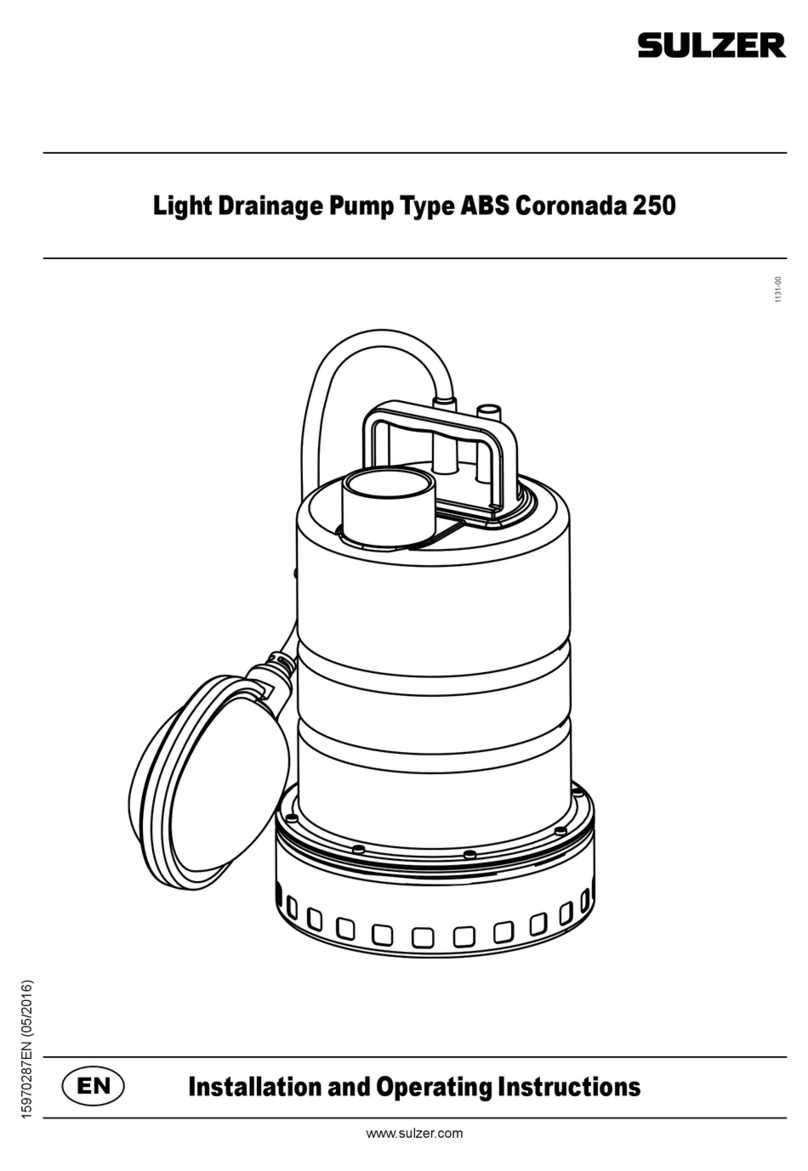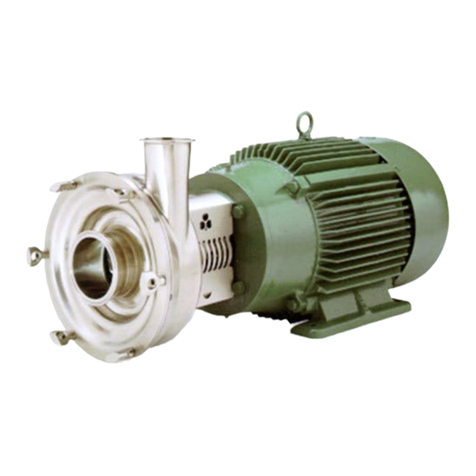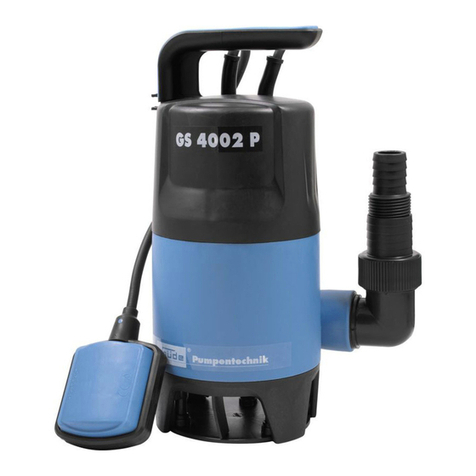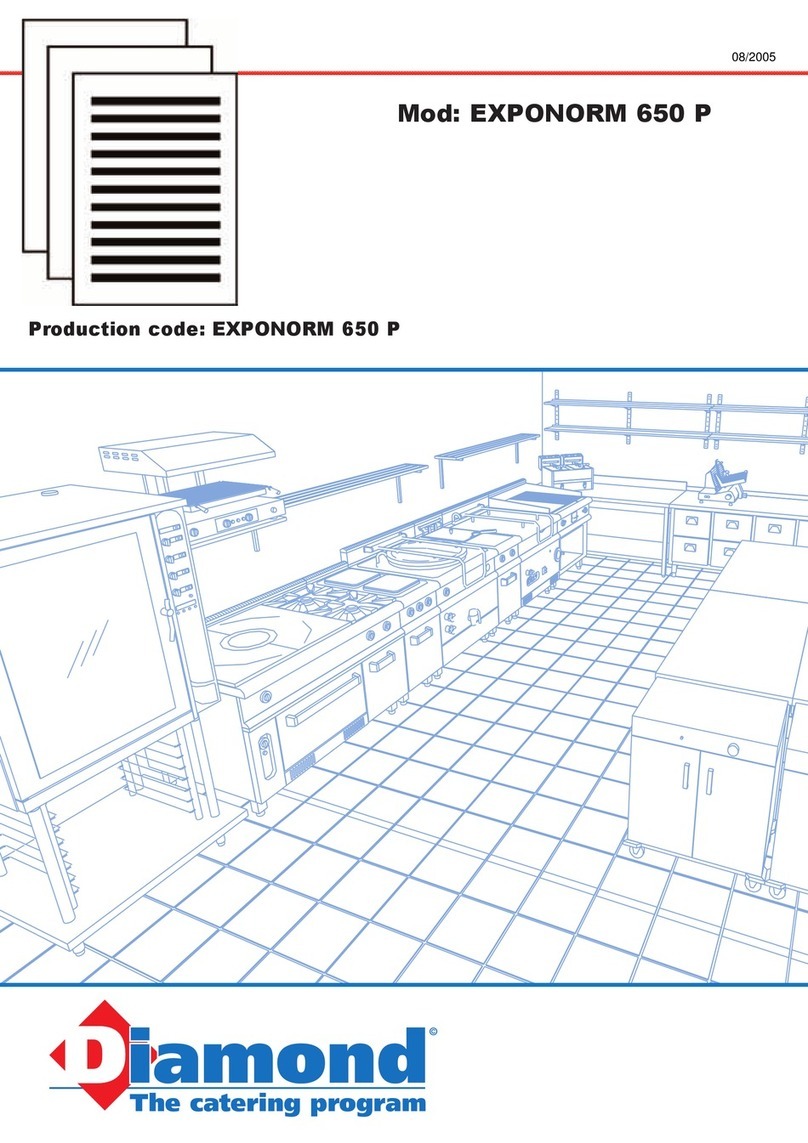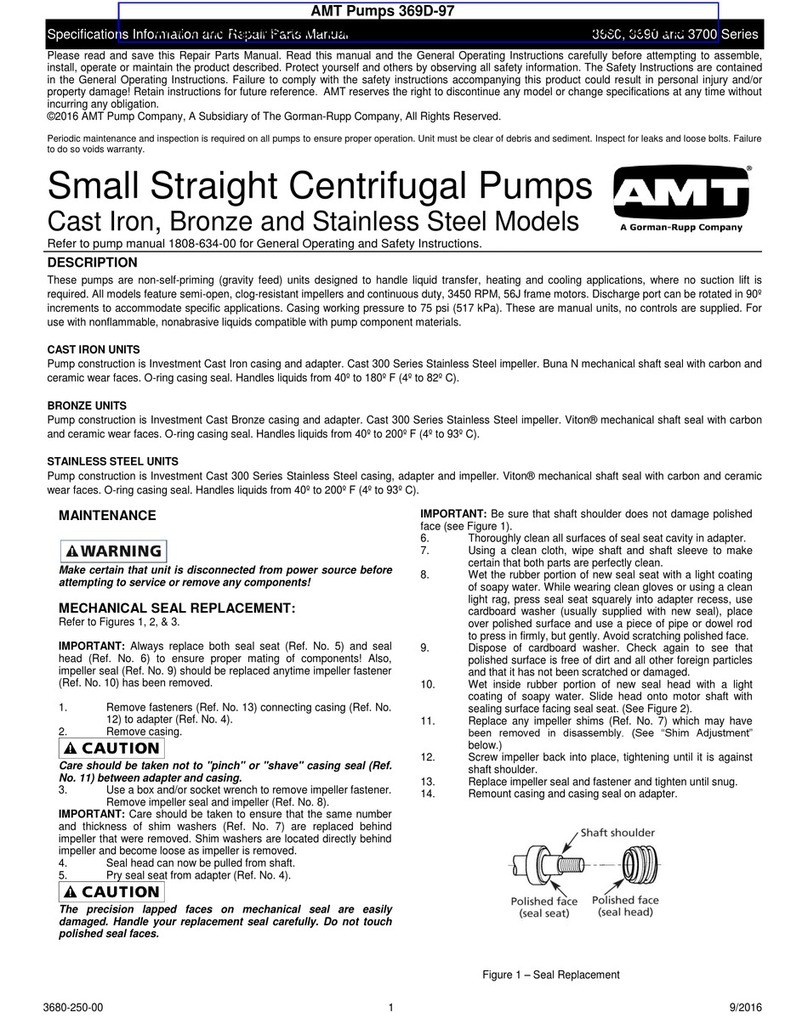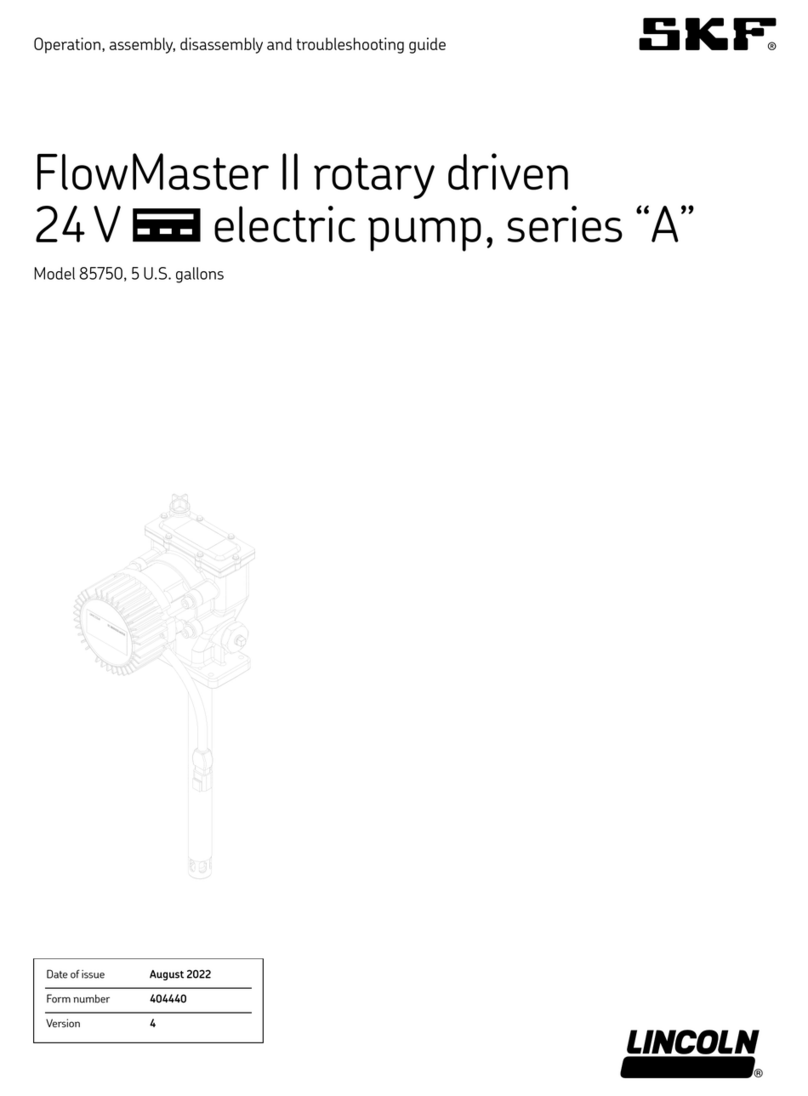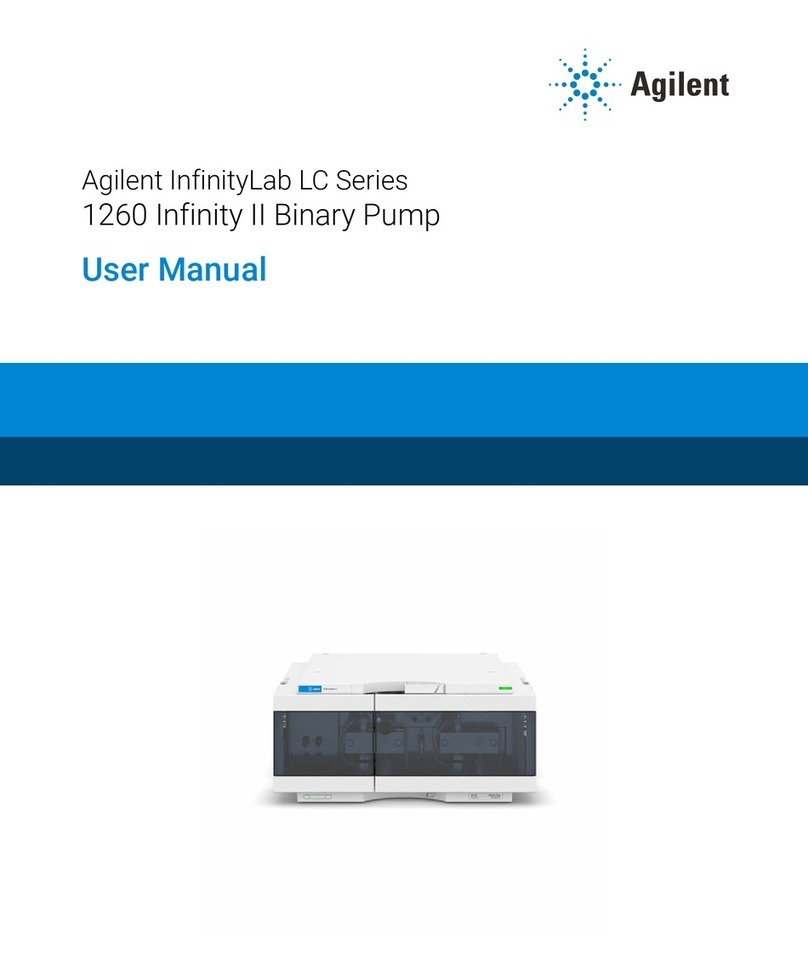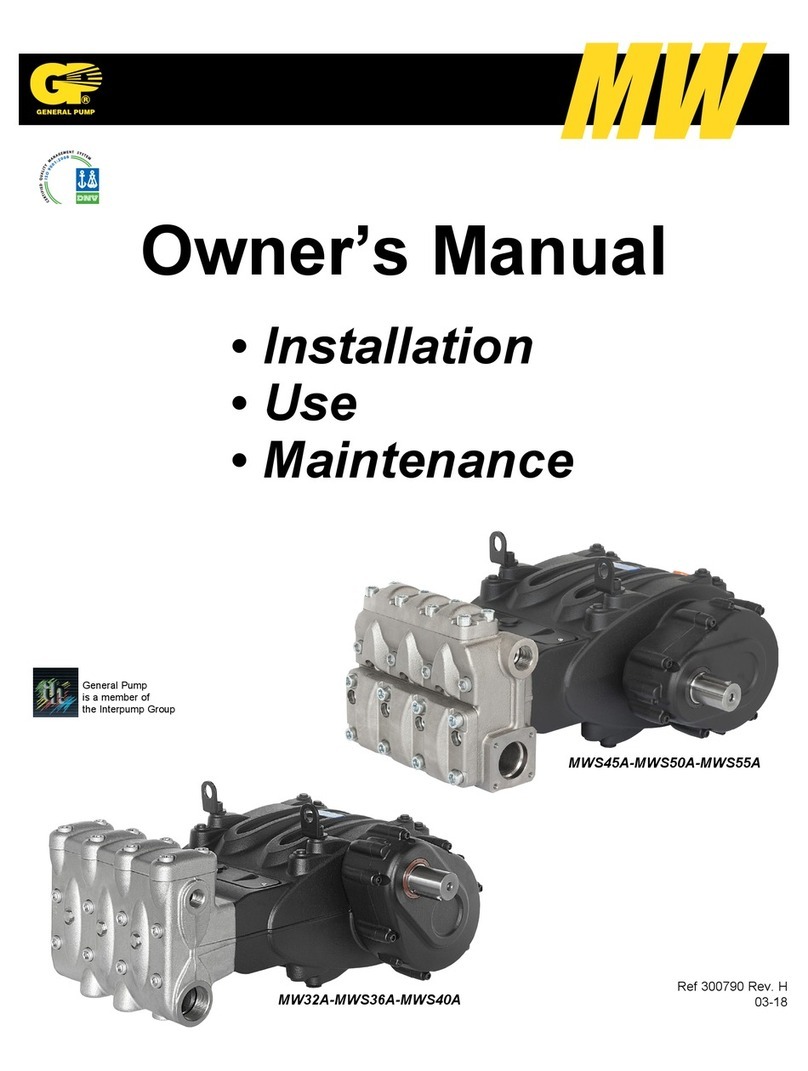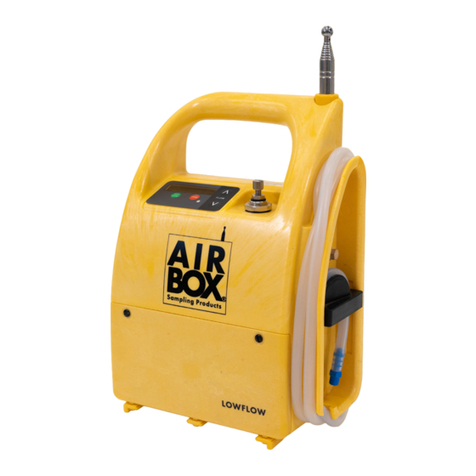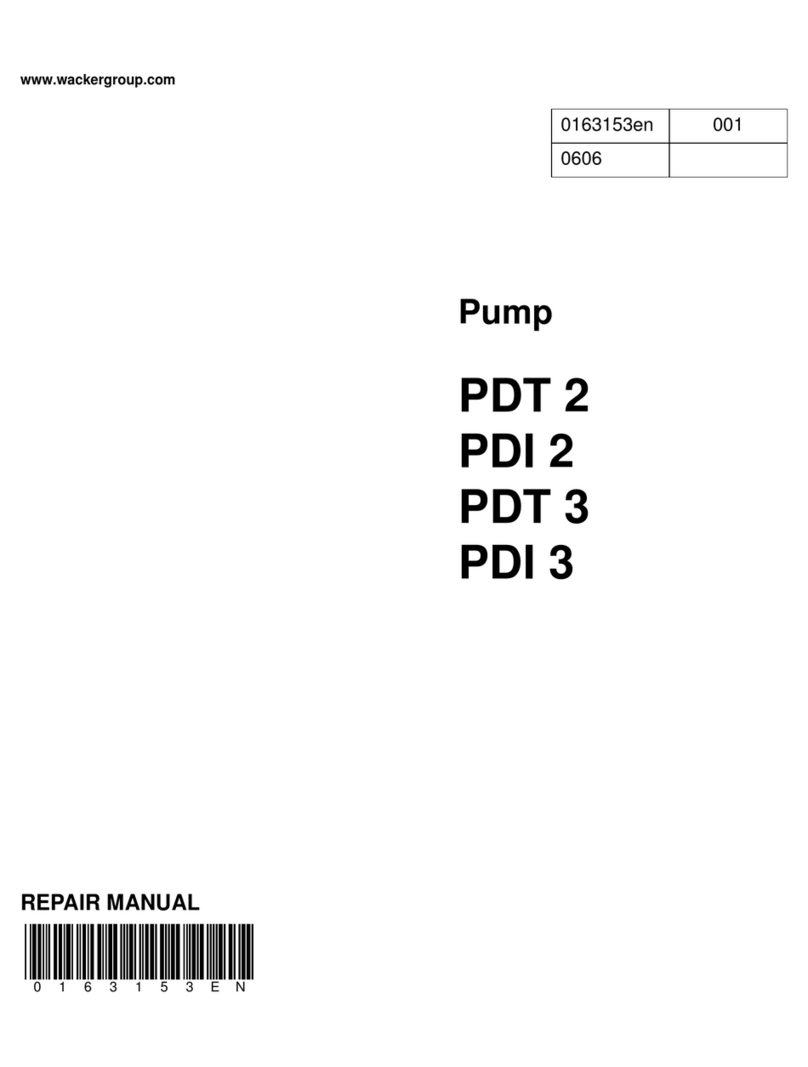
Maintenance and
repair
General maintenance
• Keep area around pump clean. Clean off
filling port area prior to filling reservoir.
Clean area around filler after filling as
lubricants will attract dirt.
• Keep lubricants clean and free of dirt
and debris.
• When replacing grease pails prevent any
foreign matter from entering grease pail
or contaminating grease, as it adheres
to pump.
System malfunction
• Refer to Troubleshooting (page ) to
determine where to look if problems occur.
• Refer to corresponding sections for
replacement and repair of specific areas.
• Each part is identified with a number
keyed to a matching part on
illustrated views.
• General recommendations of tools
required are also specified in each step.
• Pay particular attention to warning
statements to prevent personal injury and
possible damage to pump components.
Outlet check service
Refer to Troubleshooting (page ) to
determine if outlet check valve () is cause
of failure.
Pump will not build up sufficient lubricant
pressure if outlet check () is fouled († Fig.
and Fig. , page ). Foreign material may
lodge beneath check ball () or between
check disc () and seat () of bushing
assembly (). Sealing surfaces of seat must
form a perfect seal. Clean parts or replace if
pitted, worn or scored.
Turn off and disconnect hydraulic and
electric power supply to pump
assembly ().
Standard tools required are bench
mounted vice, set of open end wrenches
ranging from 7/16 to 1 1/2in, large 24 in
(600 mm) adjustable wrench and
smaller 10 in (254 mm) adjustable
wrench.
Remove hose () and connected
elbow ().
Remove outlet check assembly () and
adapter () by loosening from connected
elbow ().
Remove adapter () from outlet check
assembly ().
Remove outlet connector () from
bushing ().
Remove ball check seat () from outlet
connector ().
Pull check disk assembly () out of ball
check seat ().
Remove and discard gaskets (, ).
Clean and inspect all check components
(, , , and ) for scoring, damage
or any foreign material.
Replace any damaged components of
outlet check assembly (). Replace
gaskets ( and ).
Reverse above procedure to reassemble.
Torque check assembly to 100 lbf-ft
(135 Nm).
Vent valve service
Refer to Troubleshooting (page ) to
determine if vent valve is cause of failure
(†Fig. , page ; Fig. and Fig. ,
page ).
Turn off and disconnect hydraulic and
electric power supply to pump assembly.
Loosen vent hose () and supply hose ().
Remove bolts () and lockwashers ().
Remove vent valve ().
Place base of vent valve () in vice and
remove connected elbows.
Turn vent valve () in vice so vice jaws
are gripping flats machined on base of
vent valve.
Remove hydraulic cylinder ().
Remove piston and packing () from
cylinder (). If oil leakage is evident
from side of hydraulic cylinder,
replace packing.
Remove packing assembly (). Replace
packing assembly () if grease leakage
is evident from side of hydraulic cylinder.
Clean and inspect needle () and valve
seat () for damage by nicks, grooves or
scoring if foreign matter is lodged and
keeps needle from sealing in valve seat.
Replace if damaged.
Remove valve seat () from valve
body ().
Remove and replace gasket ().
Reverse above procedure to re-assemble.
Needle () and hydraulic cylinder ()
should be coated with oil or grease to
assist in assembly.
Tighten valve seat () into body ()
using 25 ft-lbf (34 Nm). Tighten
hydraulic cylinder (43) onto valve body
() using 100 ft-lbf (135 Nm).
9




























